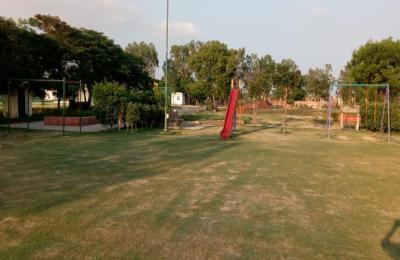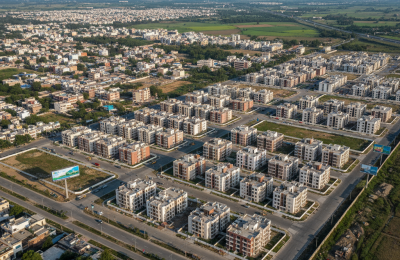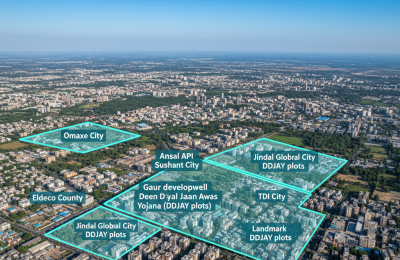Sonipat, Haryana
Difference Between Deen Dayal Jan Awas Yojna and Other Housing Schemes
Housing affordability has always been a pressing issue in India. With rapid urbanization, population growth, and rising property prices, the demand for cost-effective housing solutions has increased significantly. To bridge this gap, governments at both central and state levels have launched several affordable housing schemes. Among them, the Deen Dayal Jan Awas Yojna (DDJAY) stands out as a unique initiative by the Haryana Government.
Unlike other schemes, Deen Dayal Jan Awas Yojna focuses on providing affordable residential plots in urban and semi-urban areas, allowing middle-class and lower-middle-class families the chance to own land and build homes. While schemes like Pradhan Mantri Awas Yojna (PMAY) or Affordable Group Housing focus on ready-built flats or financial assistance, DDJAY is plot-based, offering buyers the flexibility to construct their dream homes.
This article explains the key differences between Deen Dayal Jan Awas Yojna and other housing schemes, covering eligibility, features, benefits, and how buyers can apply.
What is Deen Dayal Jan Awas Yojna?
Launched in 2016 by the Haryana Government, the Deen Dayal Jan Awas Yojna was designed to provide affordable housing solutions to middle-income families. Under this scheme, private developers can develop residential colonies of plots ranging between 5 acres and 15acres, specifically for affordable housing.
Key Features of Deen Dayal Jan Awas Yojna:
Offers Deen Dayal Jan Awas Plots at economical rates.
Maximum plot size capped at 150 sq. meters.
Developers receive fast-track approvals to encourage quick development.
Buyers get registry rights of individual plots.
Stilt + 4 floor construction is allowed, maximizing space usage.
Lower external development charges (EDC) compared to other schemes.
In short, Deen Dayal Plots empower families to own land and construct homes as per their needs, a flexibility that most other housing schemes don’t provide.
Other Popular Housing Schemes in India
To understand the difference, let’s briefly examine other housing initiatives:
1. Pradhan Mantri Awas Yojna (PMAY)
Launched by the Central Government.
Focuses on “Housing for All” by 2024.
Provides credit-linked subsidy on home loans.
Emphasis on Economically Weaker Sections (EWS) and Low-Income Groups (LIG).
Promotes construction of ready-to-move-in houses.
2. Affordable Group Housing Policy (AGHP) – Haryana
Developers build flats in group housing societies.
Units are typically 30–60 sq. meters in size.
Buyers get flats, not plots.
Mainly benefits those who prefer apartments.
3. State Government Housing Boards
Various states, including Haryana, run housing boards.
Focus on ready-made flats at subsidized rates.
Limited flexibility for home customization.
4. Cooperative Housing Schemes
Run by cooperative societies.
Members pool resources to develop housing projects.
Works well for organized communities, but not always affordable for individuals.
Difference Between Deen Dayal Jan Awas Yojna and Other Schemes
Feature/Aspect | Deen Dayal Jan Awas Yojna | Other Housing Schemes |
|---|---|---|
Nature of Property | Residential plots (Deen Dayal Jan Awas Plots) | Flats, apartments, or financial assistance |
Flexibility | Buyers can construct homes as per their design | Pre-constructed houses with limited modifications |
Plot Size | Up to 150 sq. meters | Generally small flats (30–60 sq. m) |
Target Audience | Middle-income and lower-middle-class families | EWS, LIG, MIG, sometimes HIG |
Development Model | Private developers + state facilitation | Government or cooperative development |
Cost Advantage | Reduced EDC, fast approvals | Standard development charges |
Customization | Full flexibility to design home | No or limited customization |
Ownership | Individual plot ownership | Flat/apartment ownership |
Clearly, Deen Dayal Plots stand out because they give ownership of land, a valuable asset that usually appreciates faster than flats.
Sonipat Plots for Sale
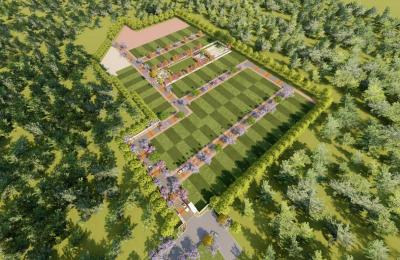
Sonipat, Haryana
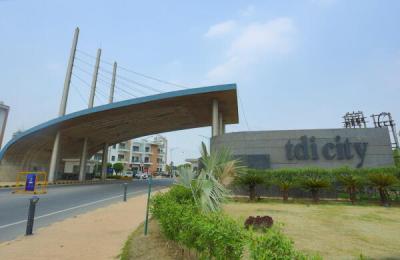
Sonipat, Haryana
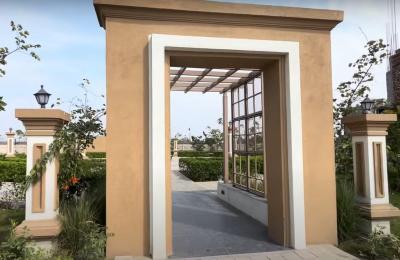
Sonipat, Haryana
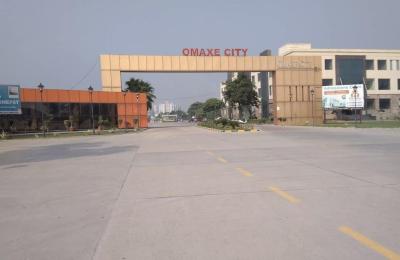
Sonipat, Haryana
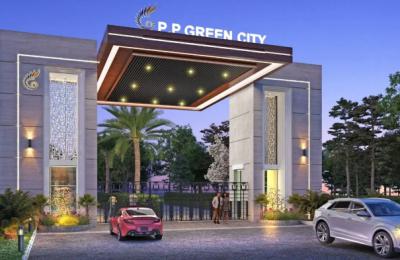
Sonipat, Haryana

Sonipat, Haryana
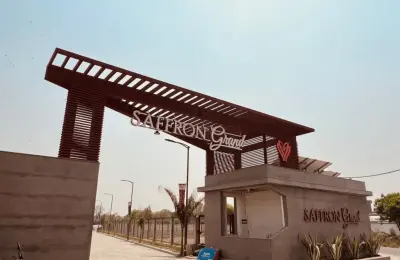
Sonipat, Haryana
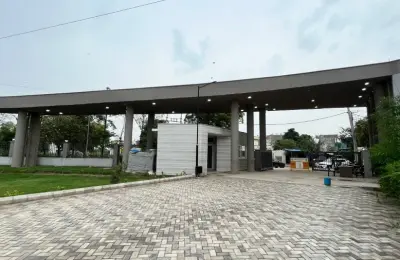
Sonipat, Haryana
Deen Dayal Awas Yojna Eligibility
To benefit from the scheme, applicants must meet certain eligibility criteria:
Applicant must be an Indian citizen.
Preference for residents of Haryana or those working in the state.
No prior ownership of plot/house in the same urban area.
Must fulfill age and income eligibility norms as defined by the authorities.
Developers must apply to create colonies under DDJAY with 5–15 acres of land.
The government maintains a Deen Dayal Awas Yojna List of approved projects, ensuring transparency for buyers.
Benefits of Deen Dayal Jan Awas Yojna
Affordable Land Ownership – Direct access to reasonably priced plots.
Flexibility to Build – Owners can construct as per personal budget and design.
High Appreciation Potential – Land generally increases in value faster than flats.
Government Support – Reduced charges, approvals, and legal backing.
Better Living Standards – Located in planned colonies with modern infrastructure.
Transparency – Buyers can check Deen Dayal Awas Yojna List of approved projects.
How to Apply – Deen Dayal Awas Yojna Haryana Apply Online
Applying under this scheme is straightforward:
Visit the official Haryana Urban Development Authority (HUDA) or Town & Country Planning Department Haryana website.
Check the Deen Dayal Awas Yojna List of approved colonies.
Select your preferred project offering Deen Dayal Jan Awas Plots.
Fill out the online application form.
Submit required documents (ID proof, address proof, income certificate, etc.).
Pay the application fee.
Await allotment results announced by the authority.
Why Deen Dayal Jan Awas Yojna is Better than Other Housing Schemes
Provides land ownership, unlike schemes that focus only on flats.
Promotes semi-urban growth, reducing pressure on metro cities.
Offers larger living space flexibility compared to compact flats.
Lower development costs make it more budget-friendly.
Supports sustainable community development with parks, schools, and infrastructure.
Deen Dayal Awas Yojna List – Transparency for Buyers
The government publishes an official list of approved projects under DDJAY. This Deen Dayal Awas Yojna List includes:
Approved developers and projects.
Colony size and location.
Allotment details.
Pricing structure.
This ensures buyers invest only in genuine Deen Dayal Plots, avoiding fraud.
Challenges in Other Housing Schemes
While other housing schemes are beneficial, they face certain limitations:
Overcrowded flats with limited space.
Construction delays in government projects.
Low appreciation of apartment values compared to plots.
Limited customization, as flats come pre-built.
Eligibility restrictions make them inaccessible for many.
In contrast, Deen Dayal Jan Awas Yojna balances affordability with flexibility, making it a unique solution.
The Deen Dayal Jan Awas Yojna stands apart from other housing schemes due to its plot-based model, affordability, and flexibility. While other programs like PMAY or Affordable Group Housing focus on pre-constructed flats, DDJAY empowers families with Deen Dayal Jan Awas Plots where they can design and build homes according to their needs.
For buyers looking for long-term asset value, Deen Dayal Plots are a game-changer. With transparent eligibility norms and an online application process, Haryana residents have an excellent opportunity to secure affordable housing for the future.
FAQs – Difference Between Deen Dayal Jan Awas Yojna and Other Housing Schemes
1. What is Deen Dayal Jan Awas Yojna?
It is a Haryana Government initiative providing affordable residential plots for middle-class families.
2. How are Deen Dayal Jan Awas Plots different from other schemes?
Unlike flats offered in other schemes, DDJAY offers plots for independent home construction.
3. Who is eligible under Deen Dayal Awas Yojna eligibility?
Any Indian citizen, preferably Haryana residents without existing property in the same area.
4. Can I apply for Deen Dayal Plots online?
Yes, you can apply via the Haryana government’s official housing portal.
5. What is the maximum plot size under DDJAY?
Plots are available up to 150 sq. meters.
6. How is DDJAY better than PMAY?
PMAY provides subsidies for houses, whereas DDJAY gives you land ownership.
7. Are there any income restrictions?
Yes, buyers must meet income-based eligibility as per the government norms.
8. What documents are required for Deen Dayal Awas Yojna Haryana Apply online?
ID proof, address proof, income certificate, and application form.
9. Is stilt + 4 floor construction allowed on Deen Dayal Plots?
Yes, the scheme permits such construction.
10. Can outsiders apply or is it only for Haryana residents?
While preference is given to Haryana residents, outsiders can also apply.
11. What is the Deen Dayal Awas Yojna List?
It is an official list of approved DDJAY projects published by the government.
12. How does the appreciation of Deen Dayal Plots compare with flats?
Plots generally appreciate faster and provide higher long-term value.
13. Are loans available for Deen Dayal Jan Awas Plots?
Yes, most banks provide housing loans for DDJAY plots.
14. How are development charges under DDJAY different?
They are much lower than other housing schemes, making plots more affordable.
15. Why should buyers prefer Deen Dayal Jan Awas Yojna?
It provides land ownership, affordability, transparency, and flexibility, making it better than flat-based schemes.


